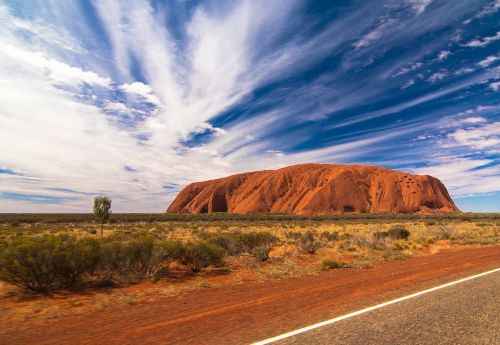14 facts about Wombat
The wombat is a herbivorous mammal found naturally in southeastern Australia. It is the only marsupial whose teeth are constantly growing, and its fec ...
Quokkas are famous for their “smile.” These small marsupials inhabit certain parts of Australia and have become somewhat of a world phenomenon. Ever since the 2010s, masses of tourists travel to their habitats, and eagerly photograph their “smiley faces”. Their particular ability to always look good in a selfie made them a worldwide sensation.












